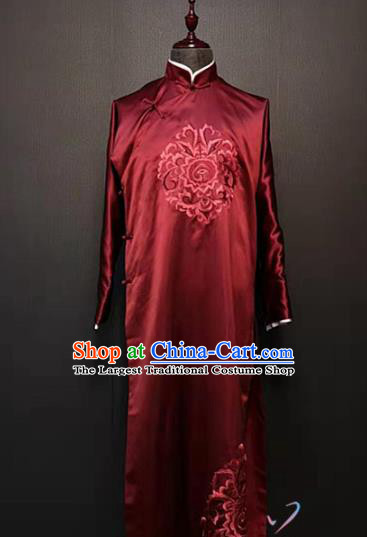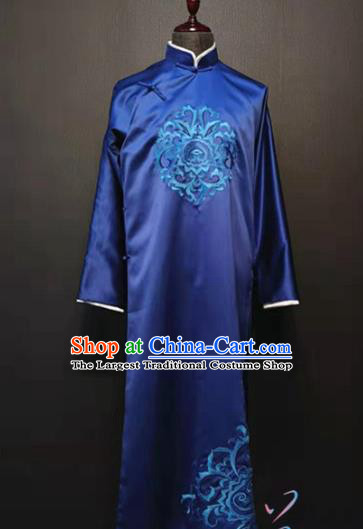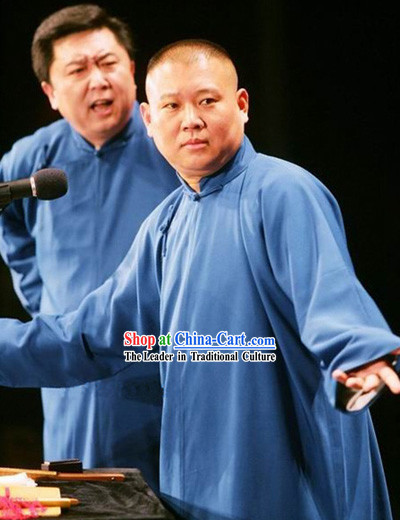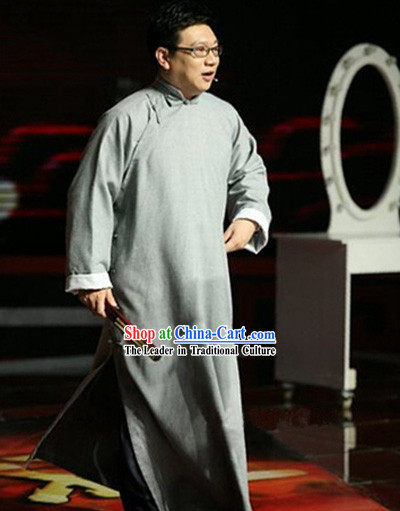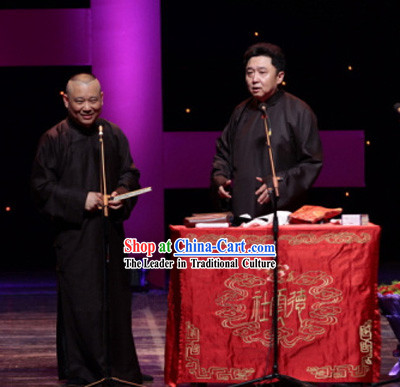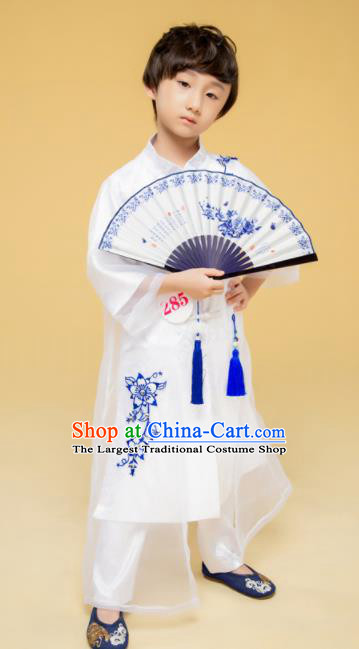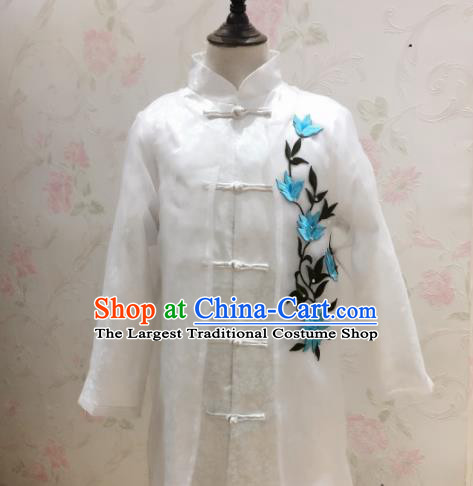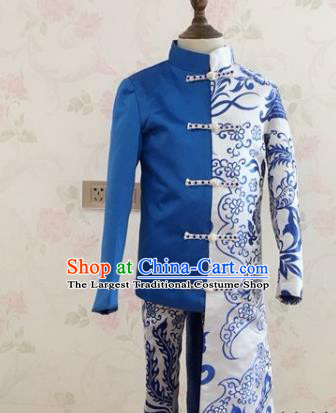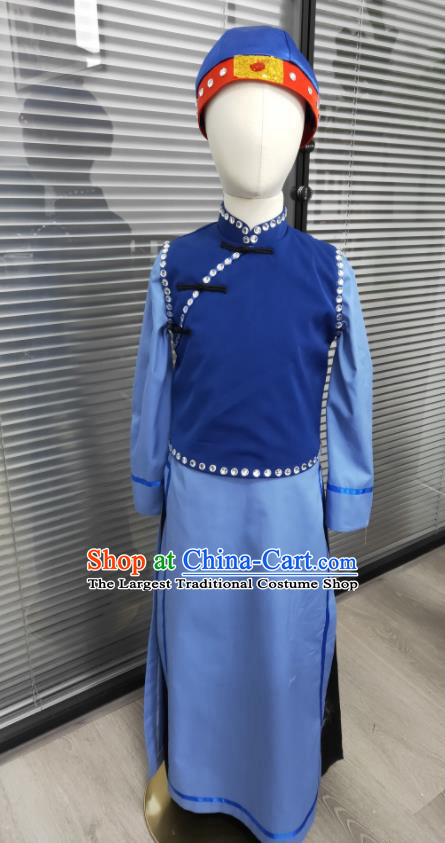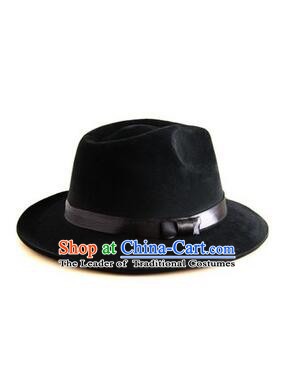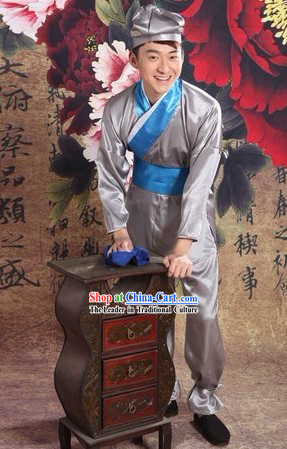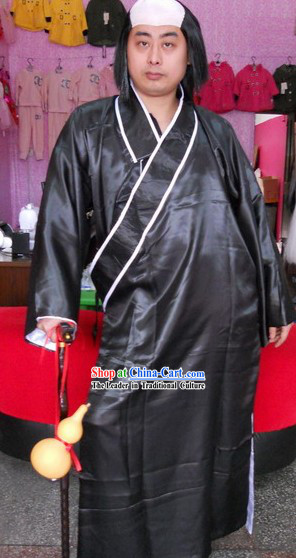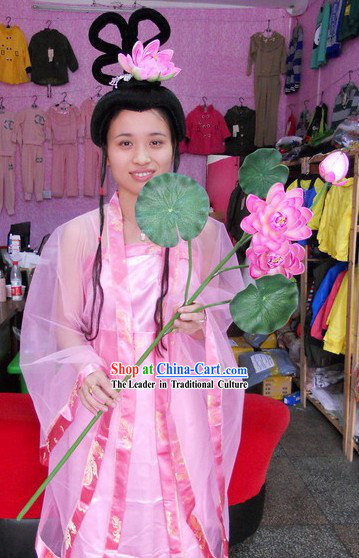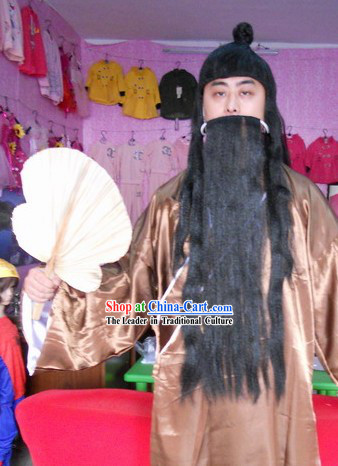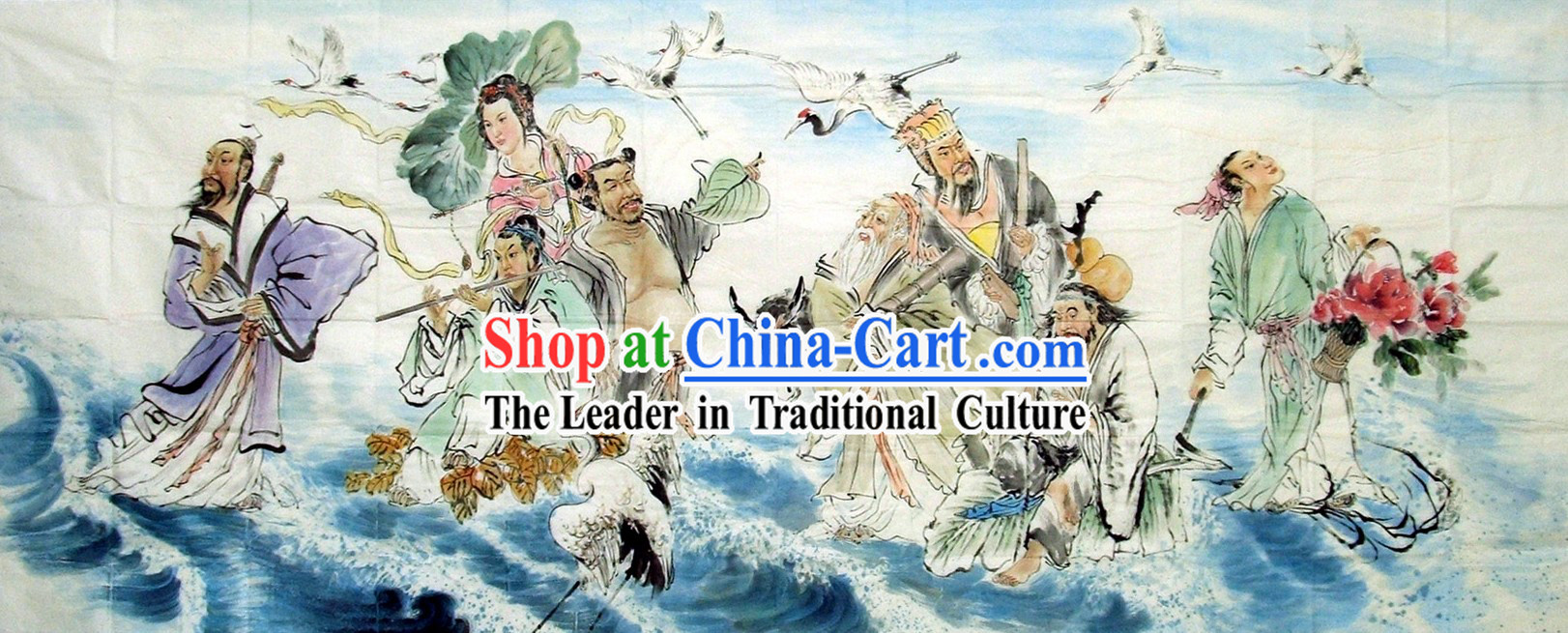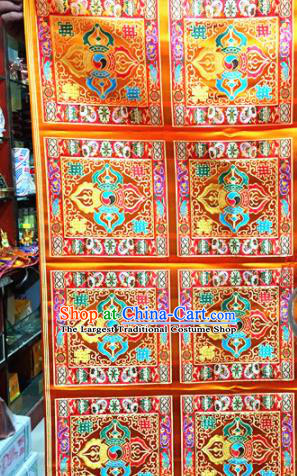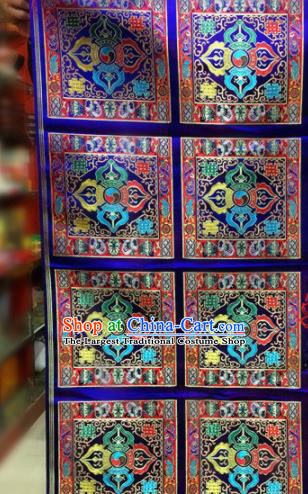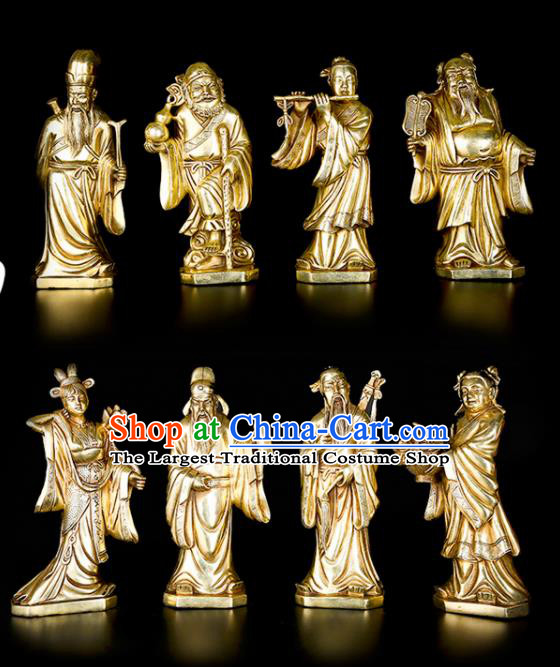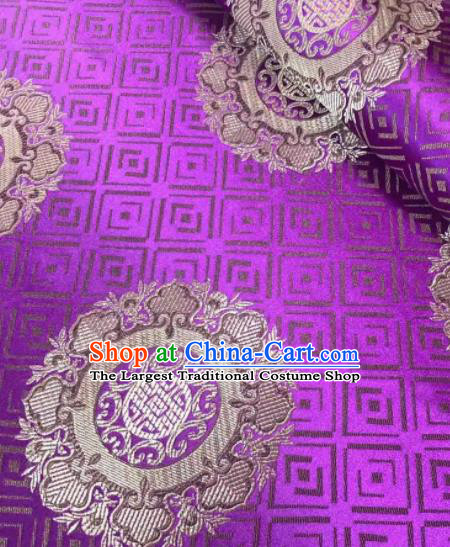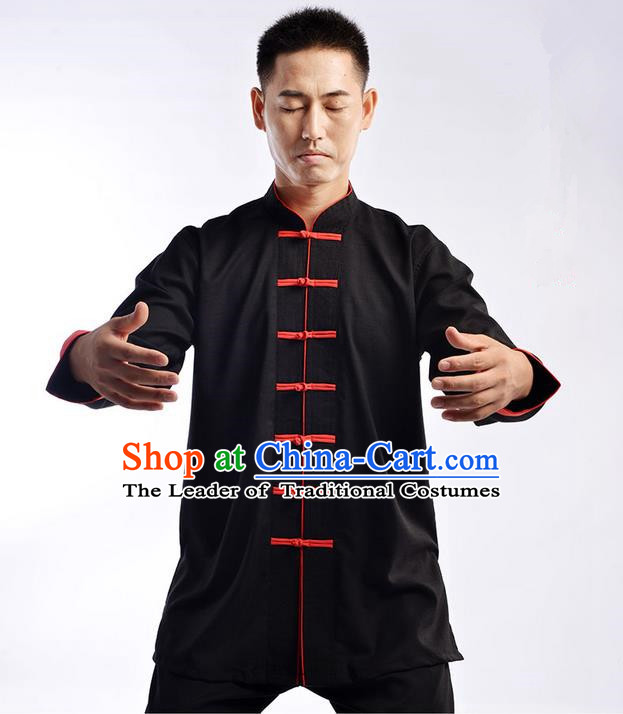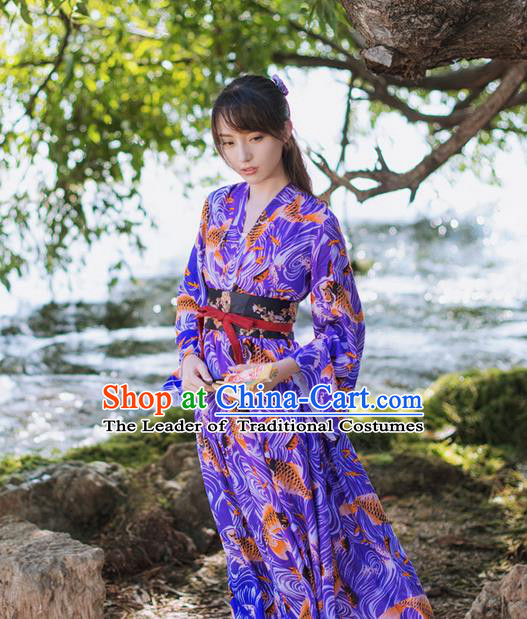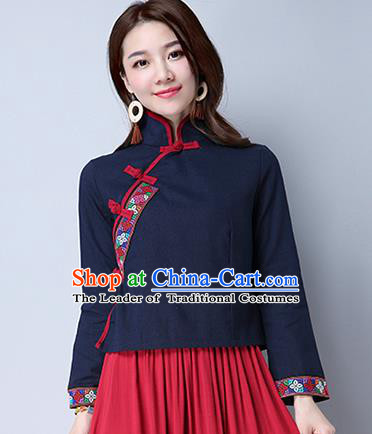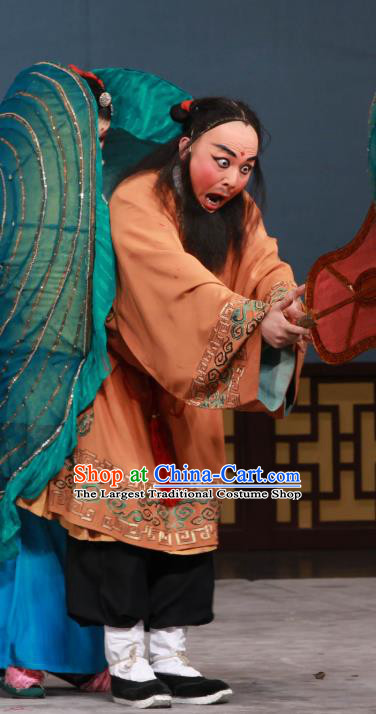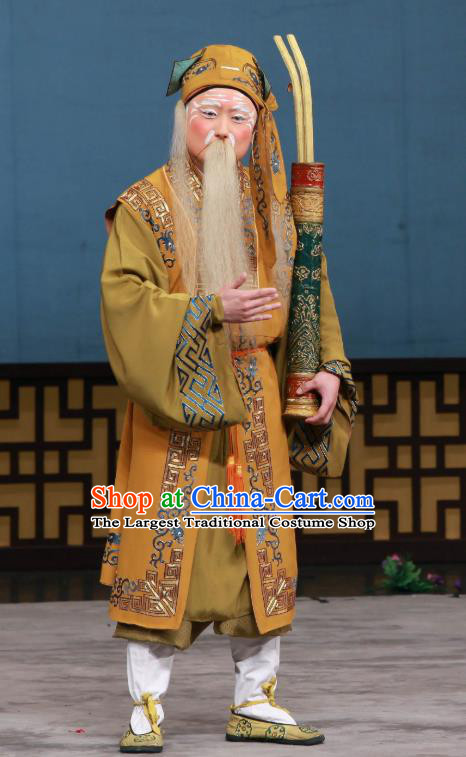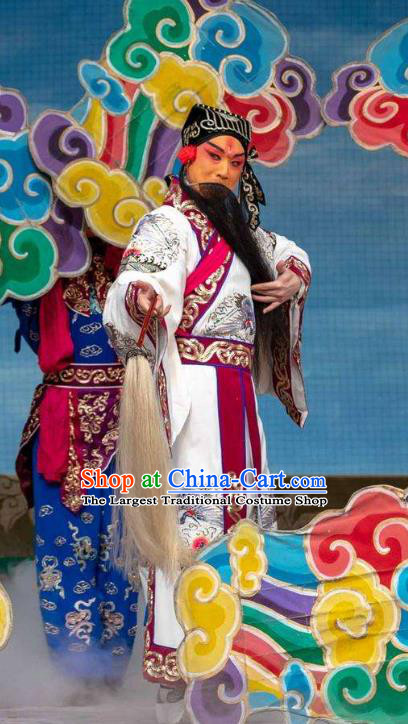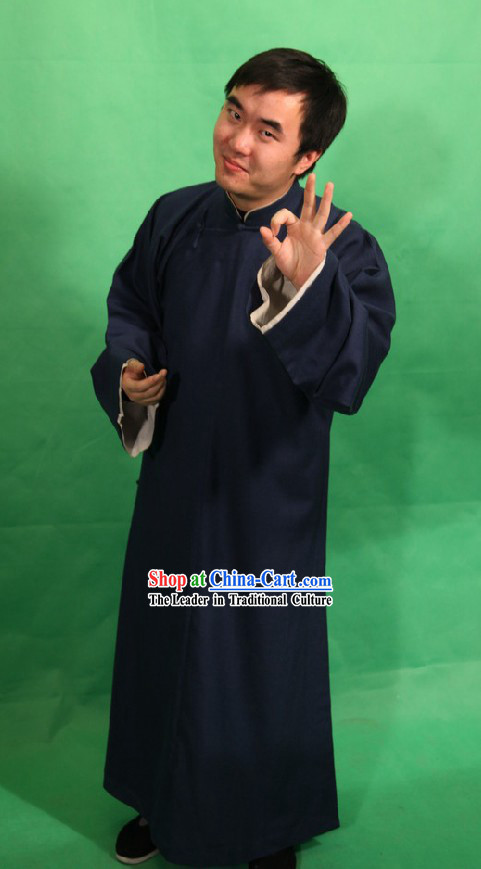
Click Related Pictures for More Audios:
Traditional Chinese xiangsheng costumes, especially those worn by male performers, are an important part of Chinese culture.
These costumes are known for their unique design and exquisite craftsmanship, and they not only represent the essence of traditional Chinese art but also reflect the customs, habits, and aesthetic concepts of ancient Chinese society.
Xiangsheng costumes typically consist of a long blue or black robe, white pants, and black shoes.
The design of these costumes is very deliberate, and their colors and patterns all have specific meanings.
For example, blue usually symbolizes tranquility and depth, while black represents solemnity and mystery.
When performing xiangsheng, actors wear these costumes to showcase their professionalism and respect for traditional culture.
In addition to their beautiful appearance, xiangsheng costumes also have rich historical significance.
Xiangsheng is an ancient form of art in Chinese history, dating back to the Ming Dynasty.
It was originally a folk entertainment activity but gradually developed into an independent art form.
As a symbol of the performer's identity, xiangsheng costumes also carry the inheritance and development of this history.
In summary, traditional Chinese xiangsheng costumes are an important heritage of Chinese culture.
They not only have beautiful appearances and exquisite craftsmanship but also carry rich historical significance and cultural connotations.
For those who appreciate traditional Chinese culture, appreciating and learning about these costumes is both enjoyable and enlightening.
